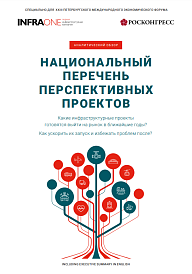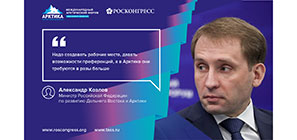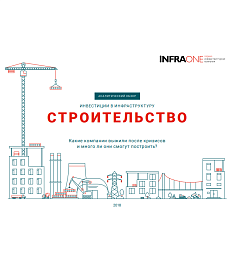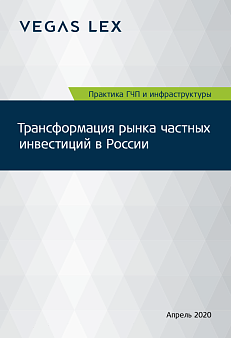InfraONE experts have identified 160 projects which, in their opinion, have a higher chance to be launched in the next three years. These projects comprise the National Infrastructure Projects Pipeline. The total investment in 160 projects in the list is RUB 4 trillion. Of these, RUB 3.98 trillion, i. e. 99.5%, will be spent on projects over RUB 1 billion, out of which about 10 projects (each costing over RUB 100 billion) will account for RUB 2.5 trillion (or 63% of the entire pipeline cost). InfraONE analysts don’t expect that all these megaprojects would be able to be launched in the next three years. Most likely, the authorities will choose three or four of them, as all the initiatives will require the state budget participation.
The segment of projects valued at RUB 10 billion — 100 billion includes 40 projects with a total investment of RUB 1.29 trillion. According to InfraONE, these projects will be the most attractive for financial investors, as the project volume in this case more frequently provides return on investment within a reasonable time. Less than a quarter of the projects in the national pipeline — only 18.1% — are ready for launch: these are 29 projects amounting to RUB 1.2 trillion. But even among those, over half of the money is accounted for by two megaprojects: construction of the Moscow — Kazan high-speed highway section and transfer of Domodedovo airport under concession. The launch of these projects is complicated because of the vast volume. The pipeline includes more projects worth over RUB 1 billion — 96 projects, and there are only 64 initiatives in segment of medium-size projects (worth RUB 100 million to 1 billion). Projects from the latter one are prepared mainly by the regions and municipalities, but in the end, these initiatives hold no interest for major financial participants and other qualified players; thus their development quality remains mediocre.
The national list of promising projects is traditionally led by the transport industry — 55 projects require 93.4% of investments (RUB 3.7 trillion), and most of the investments are planned in railways and roads: RUB 1.53 trillion and RUB 1.52 trillion, respectively. There are three promising projects in railways, while in roads there are 35. InfraONE analysts believe that the transport preponderance will remain due to the high project cost and the special attention of the authorities to the industry because of the goals set by the Presidential May Decree.
Most of the relatively developed projects are scheduled for launch in the North-Western Federal District — 33 projects over RUB 400 billion. However the Central Federal District is traditionally the leader in the investment volume: 25 of its projects involve investments of about RUB 1.3 trillion. In the remaining districts, 14 to 26 projects have passed the selection and are included in the pipeline, and only in the North Caucasus Federal District no projects are expected to be ready for launch. 64 regions have experience in implementing concessions and PPPs over RUB 100 million, but for 25 of them, it is still sporadic (1 to 2 concessions). Moreover, the better the infrastructure is developed in the region and the broader the market of construction companies, the more frequent the public-private partnership scheme is used. The exception is Moscow which often has enough its own funds for infrastructure construction. This trend is likely to intensify: the experienced and developed regions will be more motivated to approach project financing in the next two to three years.
According to InfraONE assessment, RUB 2.2–2.7 trillion are available in the financial market for infrastructure. However, the lack of projects hinders the funds to reach the construction site. Implementation of a systematic approach to strategic territory development, transparent tender procedure, development of seed funds, dealing with problems of construction market and competency building in construction management are the steps that, in the analysts’ opinion, will address the challenges in the long term (five-six years horizon, if get moving right now). However, to increase the number of the ready-to-launch projects is possible even in the coming years — in this regard projects’ authors may pay their attention to underestimated financial instruments at the market, in order to make the project bankable, while authorities may hasten the emergence of alternative state aid and new investment mechanisms.






